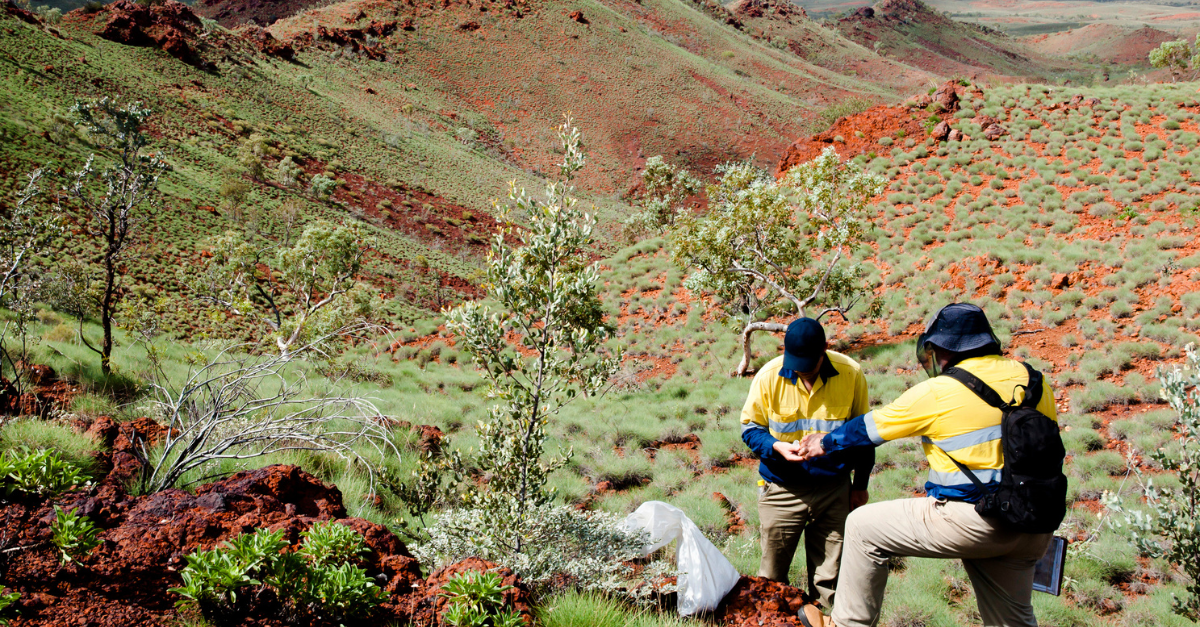According to EY’s report, Top 10 business risks and opportunities for mining and metals, the last four years have stably held onto ESG as one of the top risks in the industry. With this, we have seen the emergence of ESG and sustainability reporting. 93% of 250 of the world’s largest companies report on their sustainability performance aligned with the Global Reporting Initiative.
What is the Global Reporting Initiative (GRI)?
The GRI is an international independent standards organisation assisting businesses identify sustainability measures and report material data to stakeholders.
GRI provides a framework that breaks down sustainability reporting into five key indicators – economic, environmental, social, product and responsibility. The parameters in the framework guide companies to identify their stakeholders and highlight relevant disclosure indicators for consideration.
The GRI framework is a benchmark and provides a structure that can be incorporated into strategy, operations and culture. The key is that there are no right or wrong reporting values and sustainability reporting is largely optional. There is a growing body of evidence that suggests companies that embark on sustainability reporting and environment, social and governance (ESG) behaviours demonstrate better returns to shareholders, as well as society.
The Challenges of Data Consolidation
One of the challenges faced by companies in their ESG reporting is locating consistent quality data to report over time so that stakeholders can ascertain progress. Companies that manually search for this data find that it can be a costly exercise and creates a focus on getting it done rather than a qualitative focus.
Data management should, but doesn’t always, figure into the sustainability equation. Consistently collecting and reporting data over time provides greater levels of transparency and improves stakeholder confidence and trust. If disclosure changes materially questions may be asked and trust eroded.
With almost 75% of the ASX 200 producing a formal sustainability report, the effort to make meaningful contributions to society must start from the top. Boards and CEOs must ask themselves, are we telling our stakeholders the full story about the benefits of our societal impact? Is the company effectively integrating that ESG perspective into its strategy? Can you make ESG explicit in strategy, operating plans and targets?
A Sustainable Solution
K2fly has recognised and responded to this issue with the development of technology that captures critical data including stakeholder interactions, land access approvals, tenement management, environmental approvals, compliance tracking, community relationships and cultural heritage management.
This breadth of data management resonates with GRI disclosure parameters.
Although there are several sustainability reporting frameworks, GRI Standards is the most robust. It provides quantitative and qualitative metrics to report on and aids in setting goals and targets to improve future sustainability performance. The GRI framework is also effective in benchmarking performance against other similar mining companies. Going forward, stakeholders and investors demand transparent reviews of performance and clear actions.
K2fly Land Management enables companies to maintain their operating licence by integrating multiple and complex stakeholder and regulatory relationships. Our solution provides our clients, and their stakeholders, with the data needed to align with the GRI Standards, creating a more efficient and effective means for sustainability reporting.




